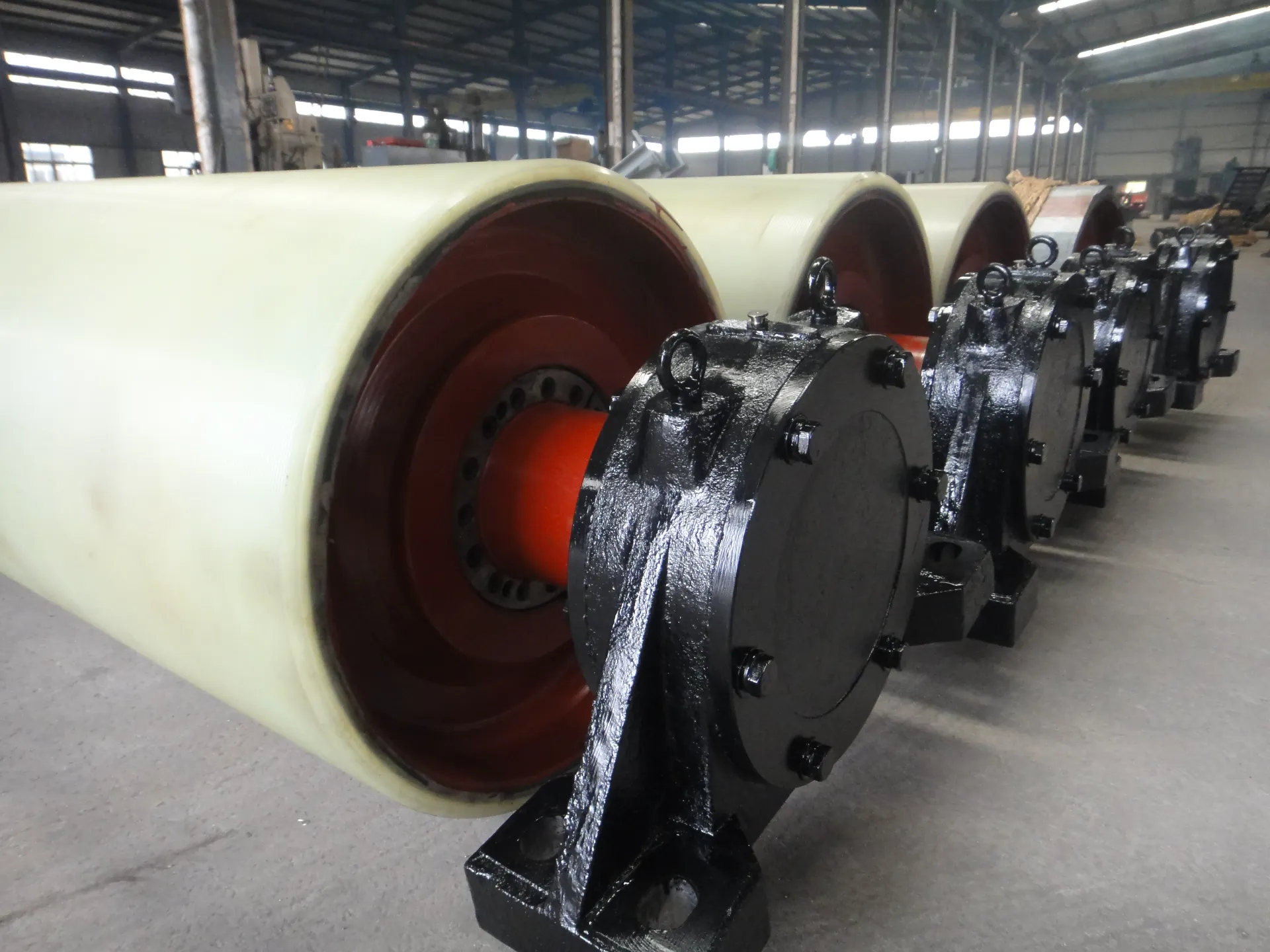 Afrikaans
Afrikaans  Albanian
Albanian  Amharic
Amharic  Arabic
Arabic  Armenian
Armenian  Azerbaijani
Azerbaijani  Basque
Basque  Belarusian
Belarusian  Bengali
Bengali  Bosnian
Bosnian  Bulgarian
Bulgarian  Catalan
Catalan  Cebuano
Cebuano  Corsican
Corsican  Croatian
Croatian  Czech
Czech  Danish
Danish  Dutch
Dutch  English
English  Esperanto
Esperanto  Estonian
Estonian  Finnish
Finnish  French
French  Frisian
Frisian  Galician
Galician  Georgian
Georgian  German
German  Greek
Greek  Gujarati
Gujarati  Haitian Creole
Haitian Creole  hausa
hausa  hawaiian
hawaiian  Hebrew
Hebrew  Hindi
Hindi  Miao
Miao  Hungarian
Hungarian  Icelandic
Icelandic  igbo
igbo  Indonesian
Indonesian  irish
irish  Italian
Italian  Japanese
Japanese  Javanese
Javanese  Kannada
Kannada  kazakh
kazakh  Khmer
Khmer  Rwandese
Rwandese  Korean
Korean  Kurdish
Kurdish  Kyrgyz
Kyrgyz  Lao
Lao  Latin
Latin  Latvian
Latvian  Lithuanian
Lithuanian  Luxembourgish
Luxembourgish  Macedonian
Macedonian  Malgashi
Malgashi  Malay
Malay  Malayalam
Malayalam  Maltese
Maltese  Maori
Maori  Marathi
Marathi  Mongolian
Mongolian  Myanmar
Myanmar  Nepali
Nepali  Norwegian
Norwegian  Norwegian
Norwegian  Occitan
Occitan  Pashto
Pashto  Persian
Persian  Polish
Polish  Portuguese
Portuguese  Punjabi
Punjabi  Romanian
Romanian  Russian
Russian  Samoan
Samoan  Scottish Gaelic
Scottish Gaelic  Serbian
Serbian  Sesotho
Sesotho  Shona
Shona  Sindhi
Sindhi  Sinhala
Sinhala  Slovak
Slovak  Slovenian
Slovenian  Somali
Somali  Spanish
Spanish  Sundanese
Sundanese  Swahili
Swahili  Swedish
Swedish  Tagalog
Tagalog  Tajik
Tajik  Tamil
Tamil  Tatar
Tatar  Telugu
Telugu  Thai
Thai  Turkish
Turkish  Turkmen
Turkmen  Ukrainian
Ukrainian  Urdu
Urdu  Uighur
Uighur  Uzbek
Uzbek  Vietnamese
Vietnamese  Welsh
Welsh  Bantu
Bantu  Yiddish
Yiddish  Yoruba
Yoruba  Zulu
Zulu conveyor belt drive rollers
The Importance of Conveyor Belt Drive Rollers
Conveyor belt systems have become an essential part of manufacturing and logistics industries around the world. They facilitate the smooth and efficient movement of goods, raw materials, and products within a facility. At the heart of every conveyor belt system lies the conveyor belt drive rollers, crucial components that ensure optimal functionality and performance.
Understanding Conveyor Belt Drive Rollers
Conveyor belt drive rollers, also referred to as drive pulleys, play a pivotal role in the operation of conveyor systems. These rollers are responsible for driving the conveyor belt, providing the necessary friction and torque to transport materials from one point to another. They are typically located at the head or discharge end of the conveyor system, and their performance significantly influences the efficiency of the entire operation.
Drive rollers come in various designs, sizes, and materials, each tailored to meet specific operational needs. They can be made from metal, plastic, or rubber, depending on the requirements of the application. The choice of material affects the roller's durability, weight, and friction characteristics, which are crucial for different transporting scenarios.
How Drive Rollers Function
The operation of drive rollers is relatively straightforward. When a motor powers the roller, it creates a rotational force that is transmitted to the conveyor belt. The friction between the roller surface and the belt allows for effective movement of materials along the conveyor system. The alignment of the rollers must also be precise to ensure that the belt travels smoothly without slipping or experiencing unnecessary wear and tear.
In addition, many modern conveyor systems incorporate advanced features such as variable speed drives
. This allows operators to adjust the speed of the conveyor belt according to the specific requirements of their operation, optimizing material handling and overall efficiency.conveyor belt drive rollers

Maintenance and Longevity of Drive Rollers
Like any mechanical component, drive rollers require regular maintenance to ensure their longevity and optimal performance. Over time, wear can occur due to friction and the weight of the materials being transported. Regular inspections are crucial for identifying signs of wear or damage, such as uneven surfaces or misalignments.
Lubrication is another critical aspect of maintenance. Keeping the bearings and roller surfaces well-lubricated helps reduce friction and heat, extending the lifespan of the rollers. Operators should also monitor the tension of the conveyor belt, as improper tension can lead to increased stress on the drive rollers and potentially cause failure.
Advancements in Conveyor Technology
The technology surrounding conveyor belt drive rollers has evolved significantly over the years. Innovations in materials science have led to the development of more durable and lightweight rollers, while advancements in motor technology have enhanced energy efficiency, reducing operational costs.
Some conveyor systems now utilize smart technology that allows for real-time monitoring of roller performance. This can include tracking parameters such as temperature, vibration, and rotational speed, all of which can help predict maintenance needs and prevent unexpected downtime.
Conclusion
In conclusion, conveyor belt drive rollers are vital components that ensure the effective operation of conveyor systems. Their design, maintenance, and the technology behind them play a significant role in the overall efficiency of material handling processes. As industries continue to pursue higher efficiency and lower operational costs, the importance of drive rollers will only continue to grow. It is essential for businesses to invest in high-quality materials and regular maintenance practices to optimize their conveyor systems and remain competitive in today’s fast-paced market.





























